Load Boards
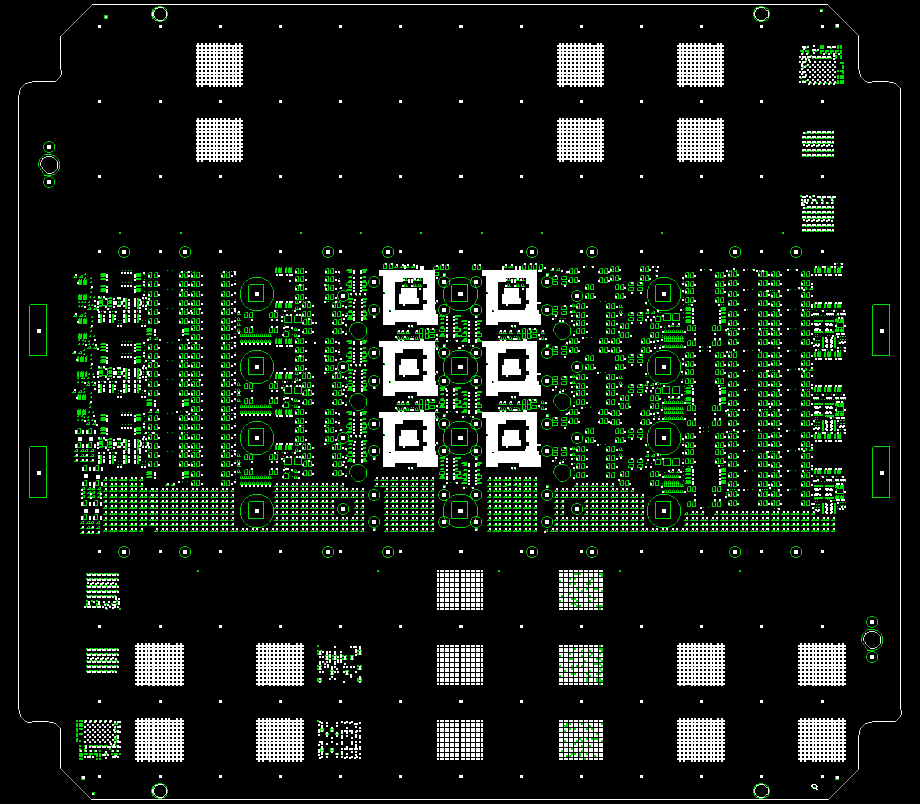
UltraFlex Load Board
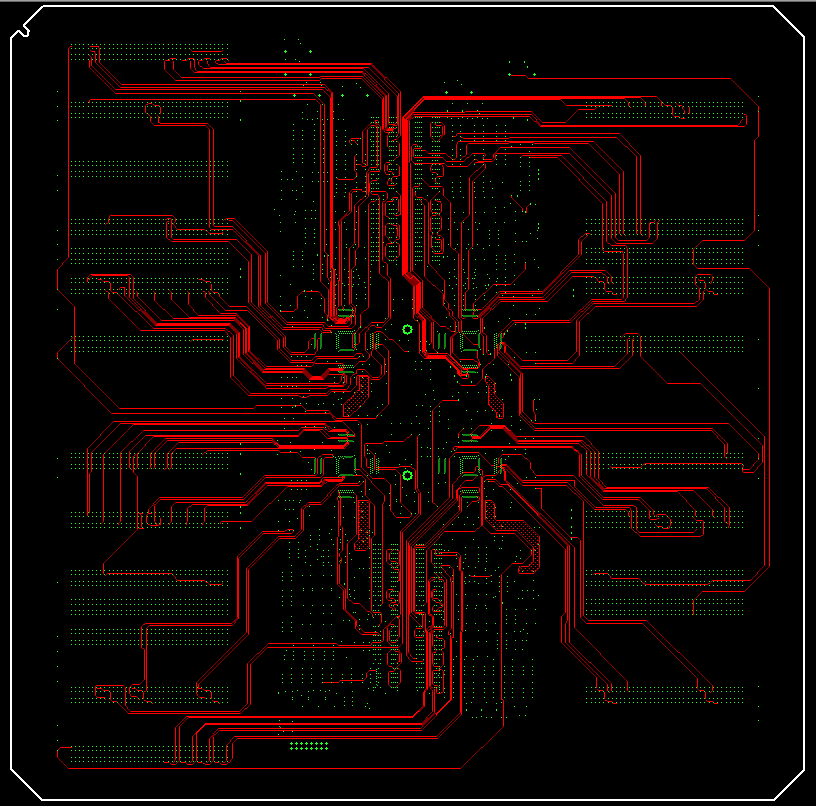
IntegraFLEX Load Board
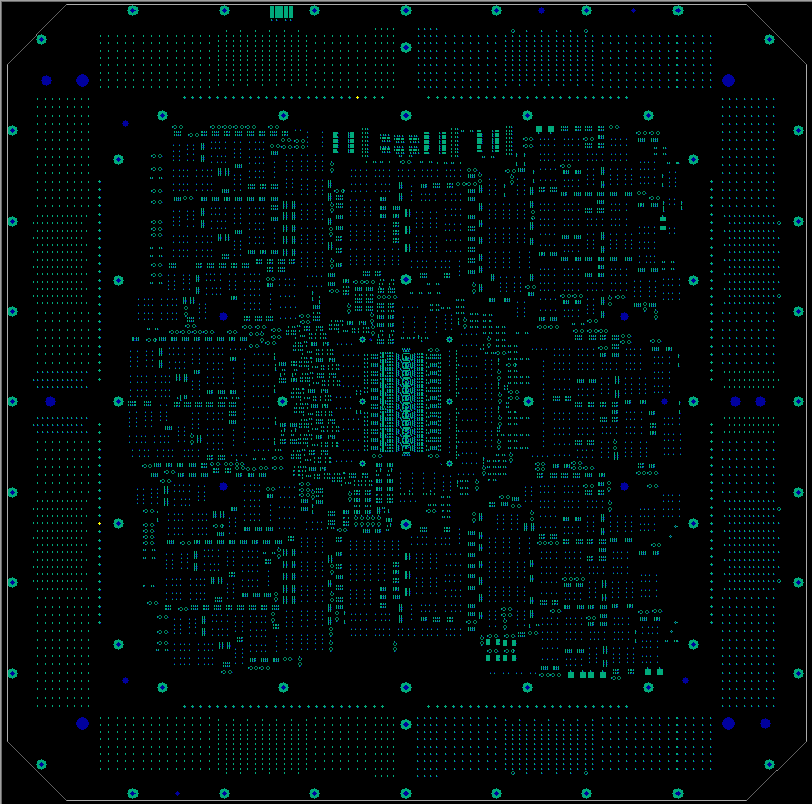
ETS364 Load Board
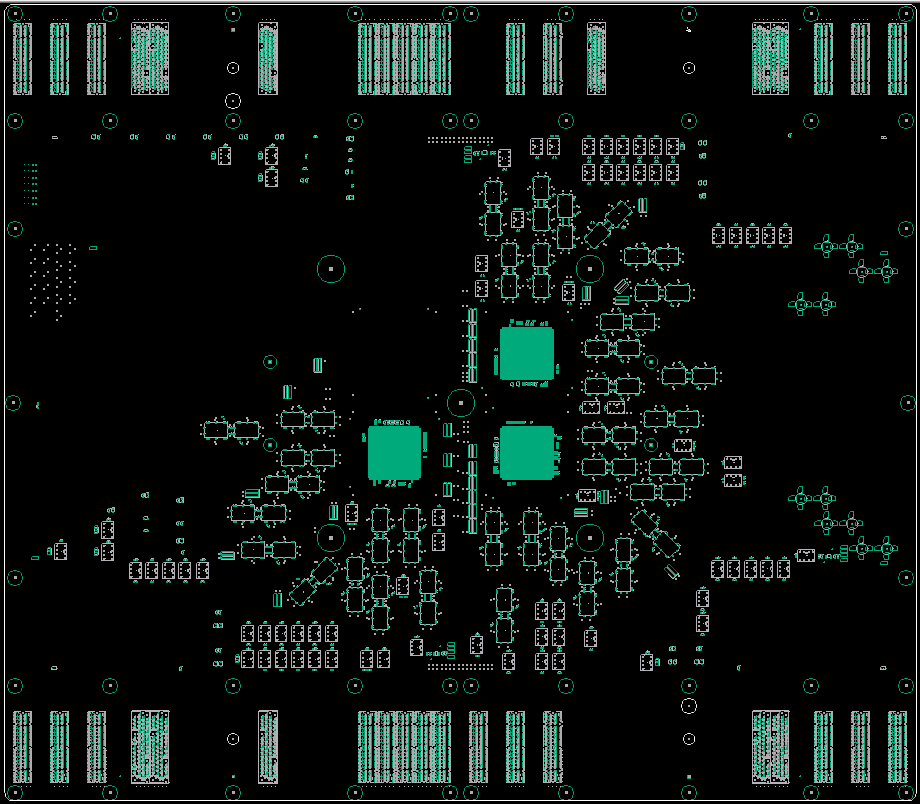
T2000 Load Board
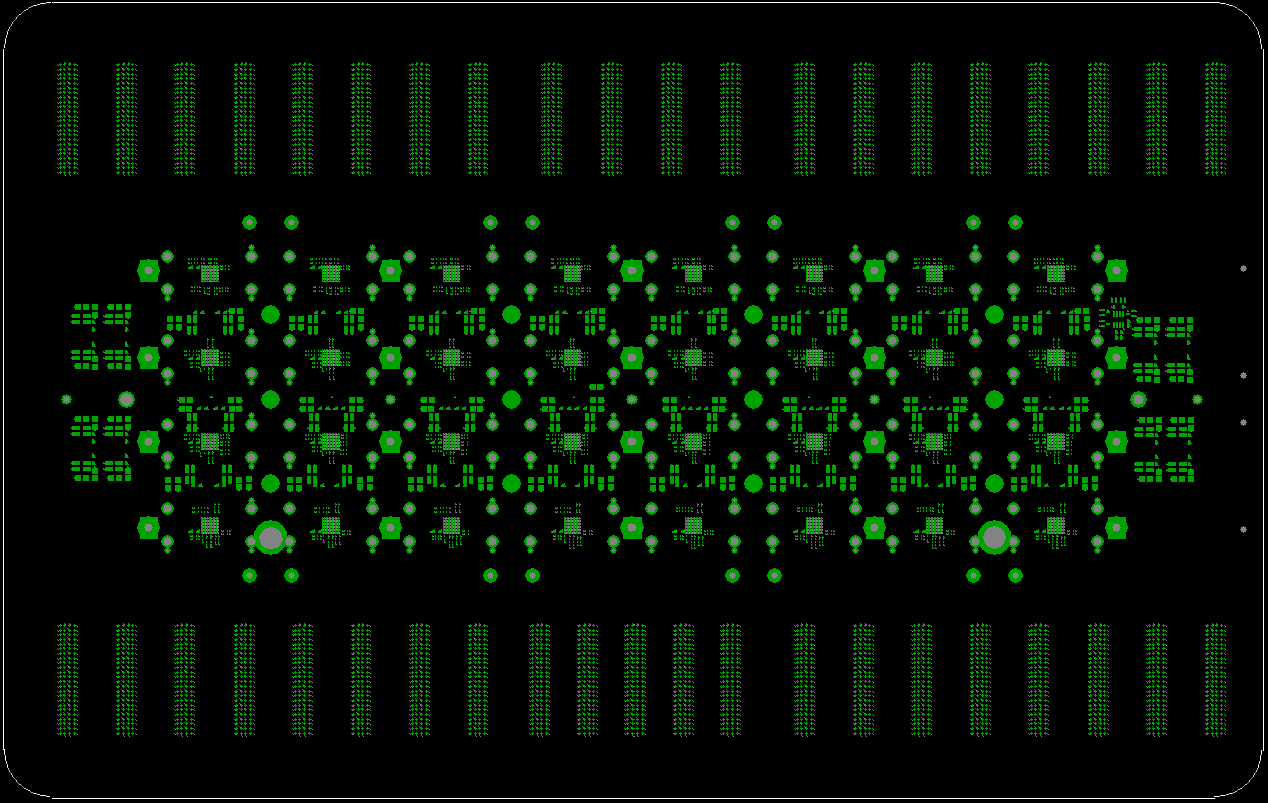
J750 Load Board
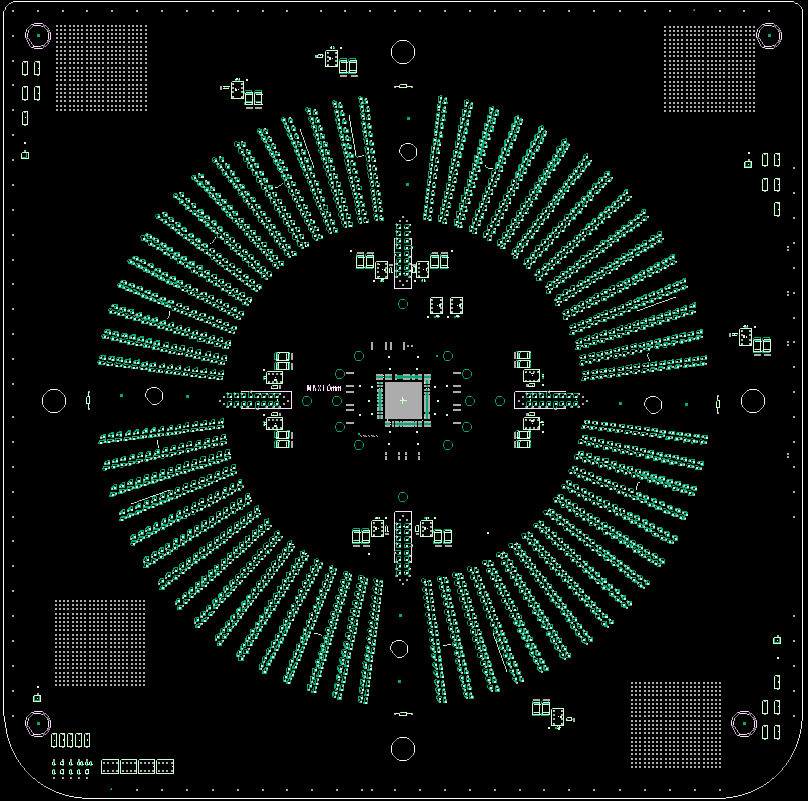
T6573 Load Board
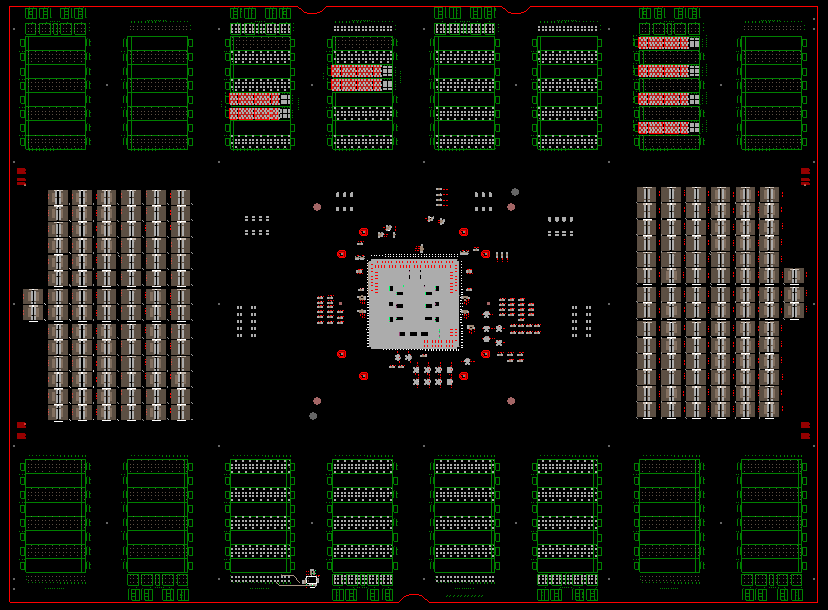
112G Advantest 93K Load Board
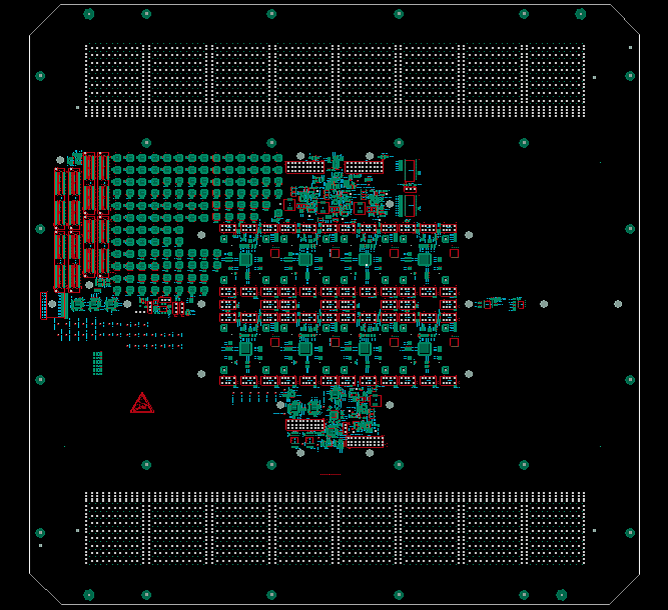
RASP Square Load Board
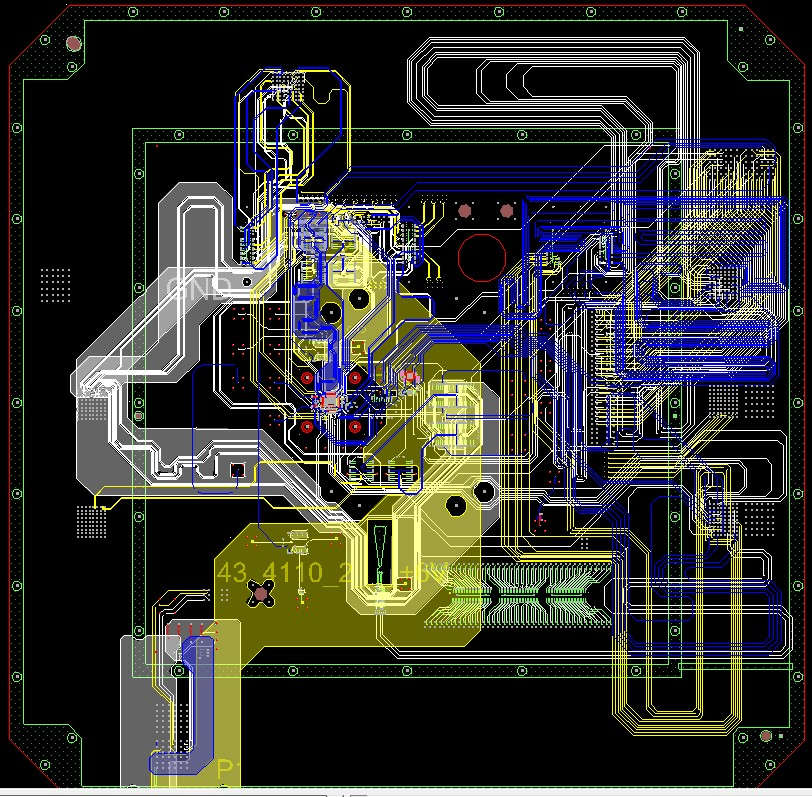
NI STS Load Board
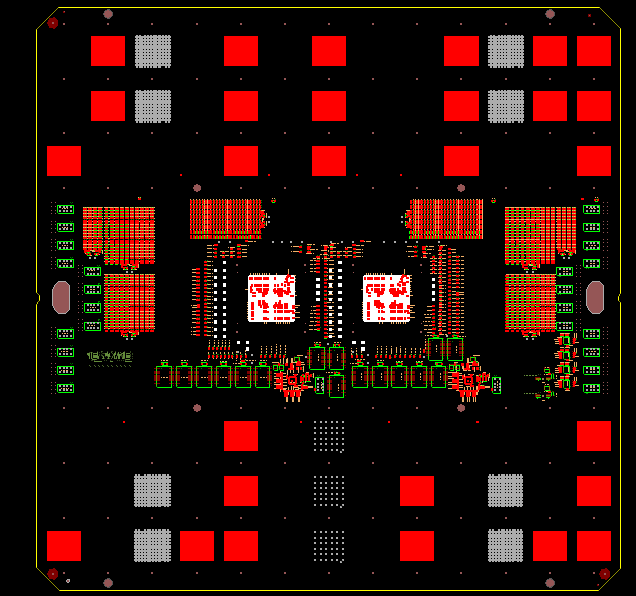
UltraFlex Load Board
Probe Cards
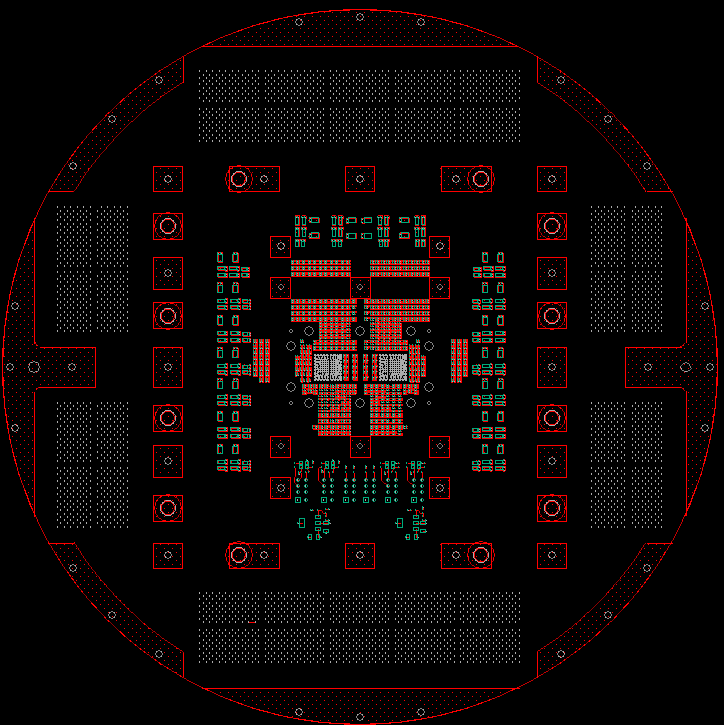
UltraFlex Probe Card

J750 Probe Card
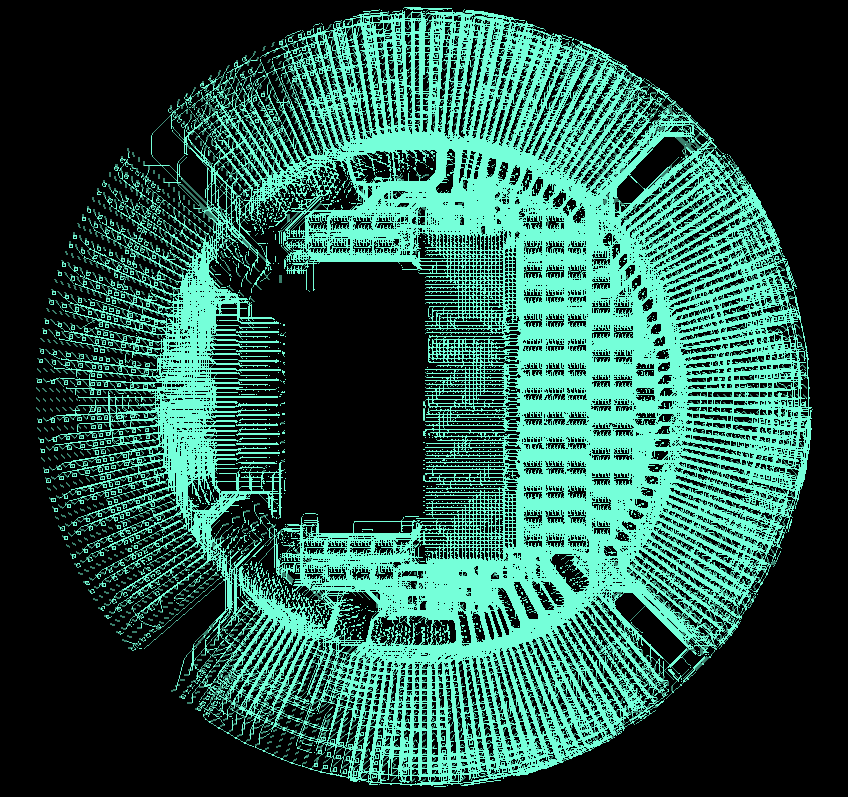
T6372 Probe Card
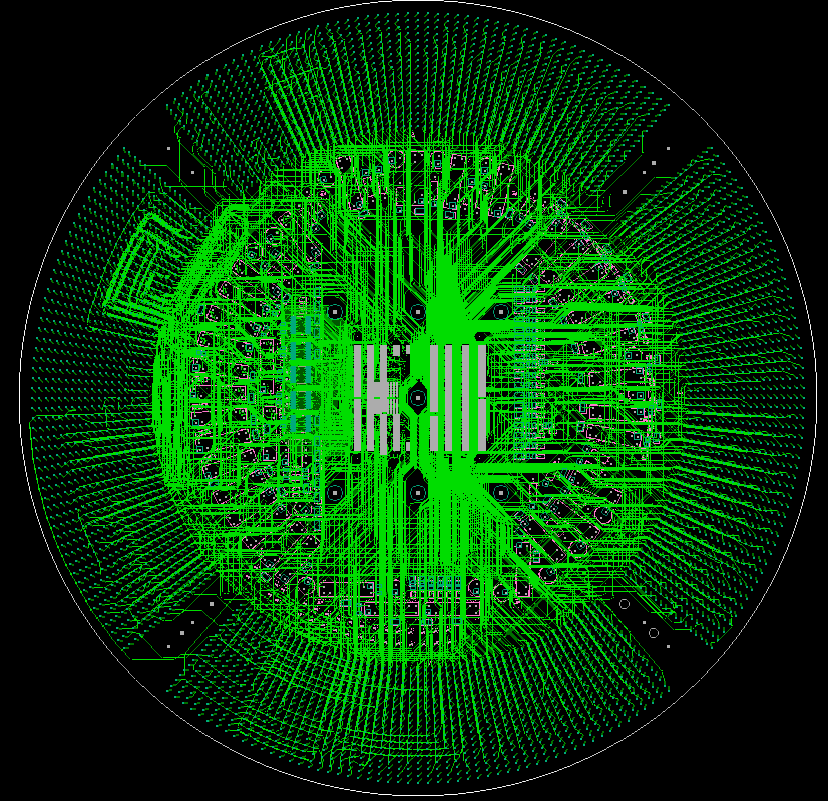
T6373 Probe Card
Probe Interface Board

UltraFlex PIB
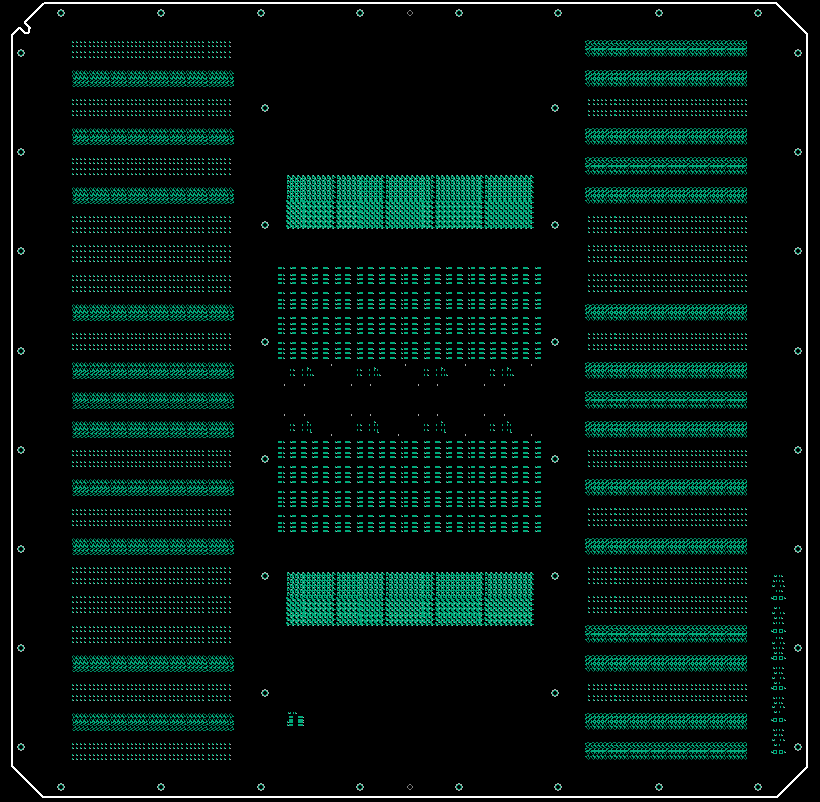
IntegraFLEX PIB
Characterization Boards
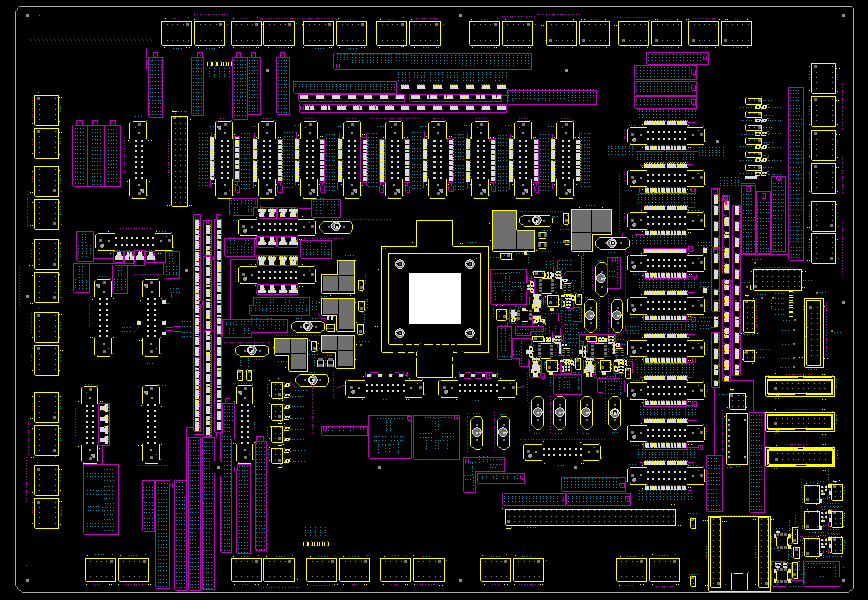
PM8667 Char Board

PM8667 Char Board
Full Turn Key Solution
Post Silicon Engineering
Our process encompasses various stages, each contributing to the successful design and development of integrated circuits (ICs) or chips. Here are the key steps involved in the design process:
Requirement Specification
We begin by thoroughly understanding the customer's requirements and specifications, including the chip's purpose, intended application, performance goals, power constraints, and other design considerations.
Architecture Design
Next, we determine the high-level architecture of the chip, identifying major functional blocks, their interconnections, and the overall system organization. This helps define the chip's functionality and performance capabilities.
Functional Design
Our engineers break down the chip's architecture into smaller functional units, specifying the behavior and functionality of each unit, considering inputs, outputs, and internal operations.
Register Transfer Level (RTL) Design
Our RTL design phase involves representing the chip's functionality using a hardware description language (HDL) like Verilog or VHDL. Our engineers create a detailed description of the chip's behavior at the register transfer level.
Functional Verification
SAS conducts an extensive verification to ensure the chip functions as intended. Techniques such as simulation and formal verification are employed by our teamto test the chip's behavior against specified requirements, identifying and resolving any functional issues or bugs.
Physical Design
We convert logical design into a physical layout that can be manufactured. This involves tasks like floor planning, placement, routing, and consideration of factors like power distribution, signal integrity, and manufacturability.
Design for Manufacturability (DFM)
Our engineers optimize the layout to ensure the design can be fabricated reliably and cost-effectively, employing techniques such as reducing design variations, optimizing lithography masks, and improving yield.
Tapeout
Our team prepares chip design files for manufacturing by generating a set of files called the tapeout, providing the necessary information for the fabrication facility (fab) to manufacture the chip.
Fabrication and Packaging
The tapeout files are sent to the fab, where the chip is manufactured on a silicon wafer using various processes. After fabrication, the wafer is diced into individual chips, which are then packaged to protect them and provide electrical connections for integration into electronic devices.
Testing and Characterization
Fabricated chips undergo extensive testing carried out by SAS’s expert team which includes functional, performance, and reliability testing. Chips are characterized to determine their electrical characteristics such as power consumption, timing, and signal integrity.
Post-Silicon Validation
Further validation and testing is conducted by SAS team after deploying chips in real-world applications, ensuring performance and reliability in target systems and identifying any system-level issues.
Trusted by companies worldwide






































